Suzanne Valadon in 5 Paintings
To truly understand Suzanne Valadon, we must look at her art. Let’s explore five of her most compelling paintings, each a testament to how her...
Nikolina Konjevod 30 December 2024
December is not just about Christmas, it is also about the Jewish holiday of Hanukkah. It is an eight-day, wintertime “festival of lights” which is celebrated with menorah lighting, prayers, and, of course, some special foods. To honor this holiday and all those who celebrate it, here we present paintings by various Jewish artists.
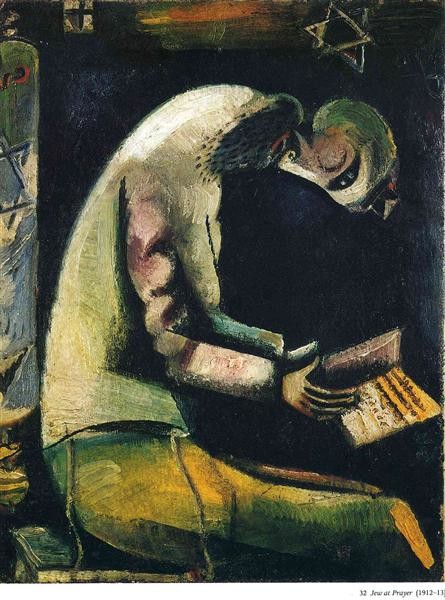
The Hebrew word Hanukkah means “dedication,” because the holiday is named after the rededication of the Holy Temple in the 2nd century BCE, which took place after the Maccabean revolt against Greek oppressors. The small group of revolutionaries miraculously won the battle and after rededicating their temple to God, they needed to relight the eternal flame within it.
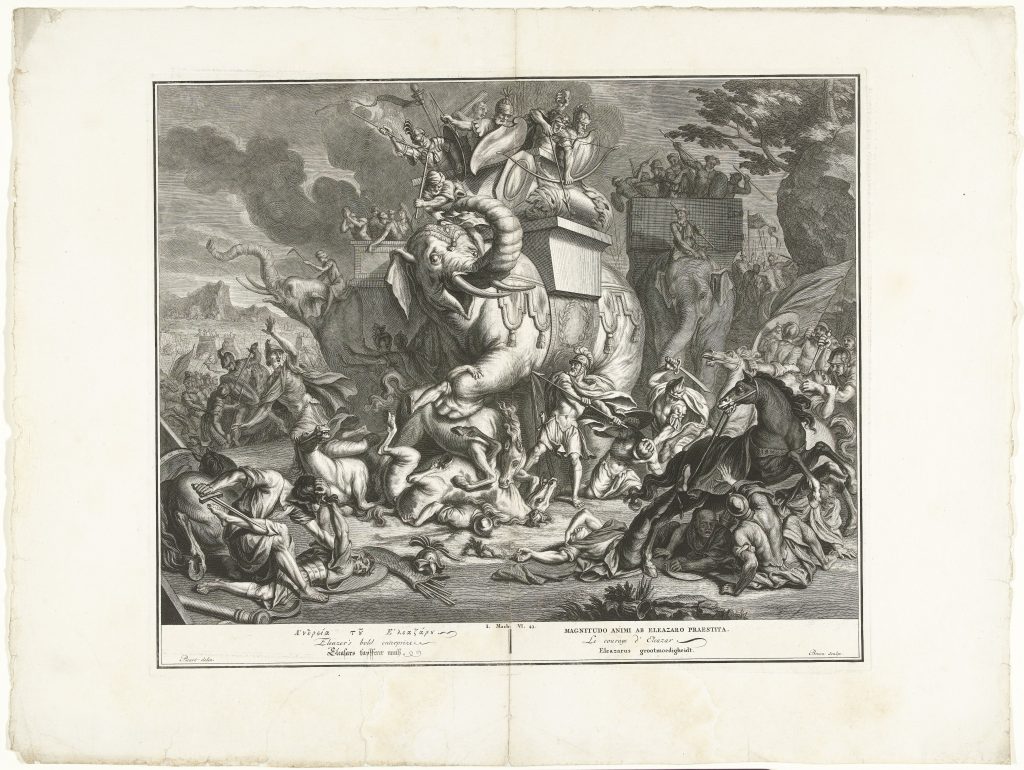











However, they discovered there was only a very small amount of oil left, but they decided to light it anyway. It was then that this portion of oil, only enough for one night, burned for the eight following nights! Furthermore, it takes eight days to make more oil to keep the eternal flame lit, therefore it was just the right amount of time they needed. Jews commemorate this miraculous event by lighting candles on a special candelabra called a menorah.
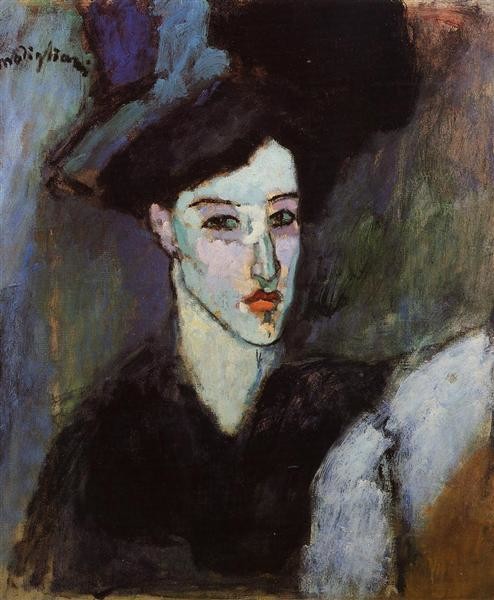











A menorah holds nine candles, one of which is the shamash (the “attendant”), which is used to kindle the other eight lights. On each night of Hanukkah, one additional flame is lit. By the eighth night of Hanukkah, all eight lights are kindled. The first menorah is mentioned in the Bible: Exodus 25:31-40 describes precisely the original menorah which is meant for the sanctuary Moses is to build for God, and which however is said to have seven branches, not nine. The nine-candle menorah is only used for Hanukkah, meanwhile the seven-light menorah is used throughout the year to count the days of the week.
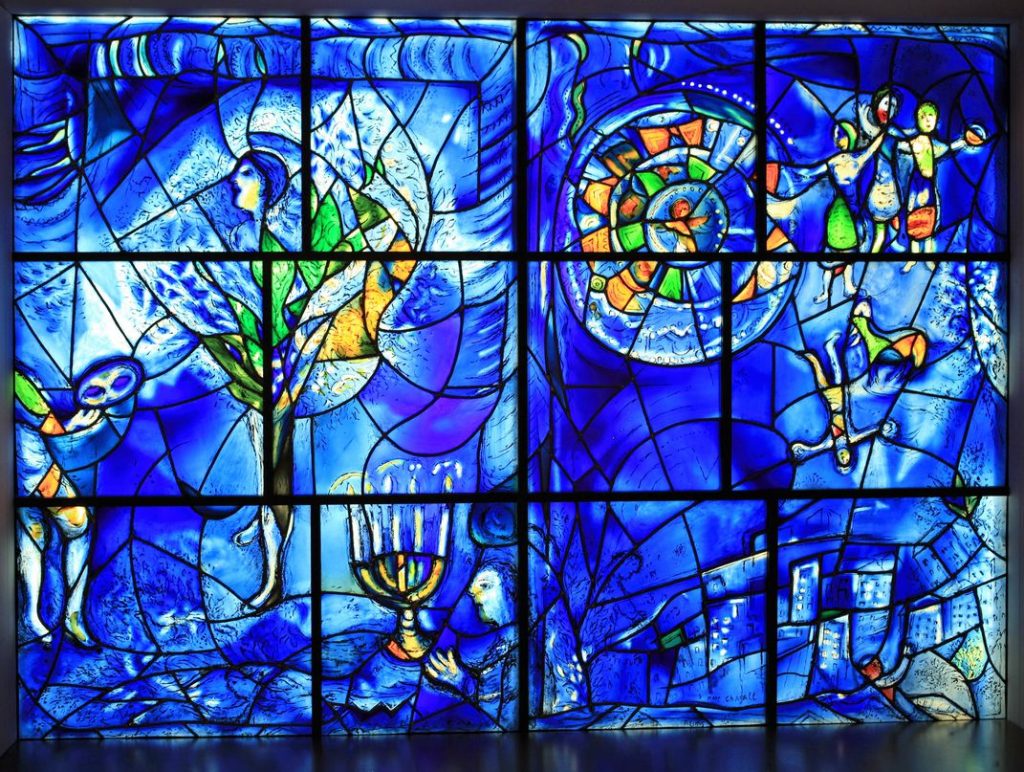











31 Make a lampstand of pure gold. Hammer out its base and shaft, and make its flowerlike cups, buds and blossoms of one piece with them. 32 Six branches are to extend from the sides of the lampstand—three on one side and three on the other. 33 Three cups shaped like almond flowers with buds and blossoms are to be on one branch, three on the next branch, and the same for all six branches extending from the lampstand. 34 And on the lampstand there are to be four cups shaped like almond flowers with buds and blossoms. (…)
37 Then make its seven lamps and set them up on it so that they light the space in front of it. 38 Its wick trimmers and trays are to be of pure gold. 39 A talent[a] of pure gold is to be used for the lampstand and all these accessories. 40 See that you make them according to the pattern shown you on the mountain.
– Bible, Exodus 25:31-40. Bible Gateway.
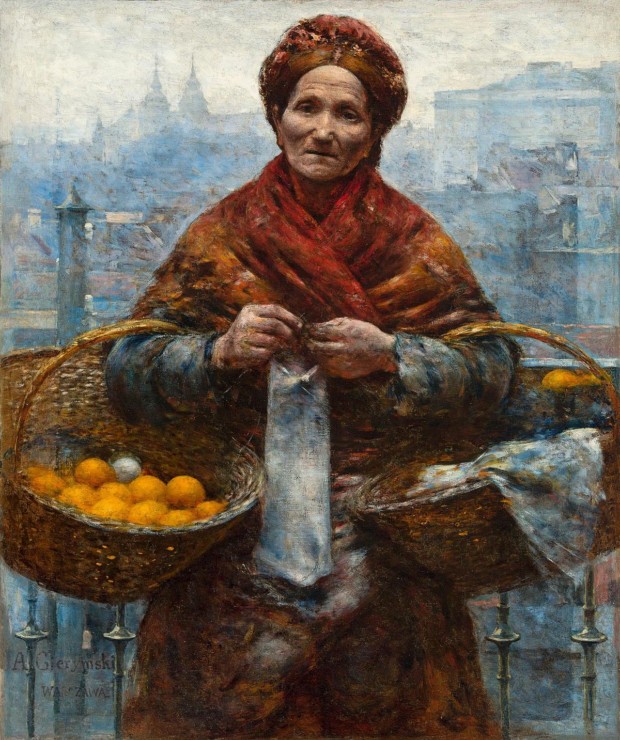











During the holiday it is customary to eat foods deep-fried in oil (symbolic of the oil miracle). For example, latkes which are potato pancakes, often garnished with applesauce or sour cream, loukoumades which are puffs dipped in honey or sugar to represent the cakes the Maccabees ate, or jelly-filled doughnuts called sufganiyot. These days, people also make pretzels and butter cookies in the shape of menorahs.
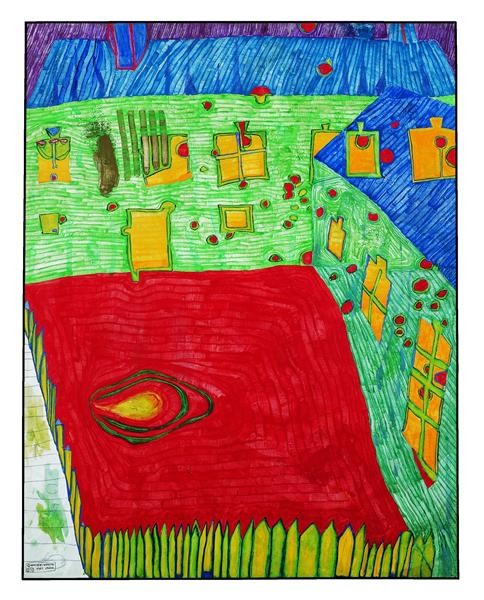











During nightly prayers Jews offer praise and thanksgiving to God for “delivering the strong into the hands of the weak, the many into the hands of the few … the wicked into the hands of the righteous.” The candle-lighting ritual also includes special blessings – on the first night, all three blessings are made, while on the rest of the nights only the first and second blessings are repeated. After the blessings are said, many Jews begin to eat and play. There is a classic game that involves a toy called a dreidel which is a four-sided spinning top. It has a Hebrew letter on each side to represent the saying “a great miracle happened there”, referring to the miracle of the oil.
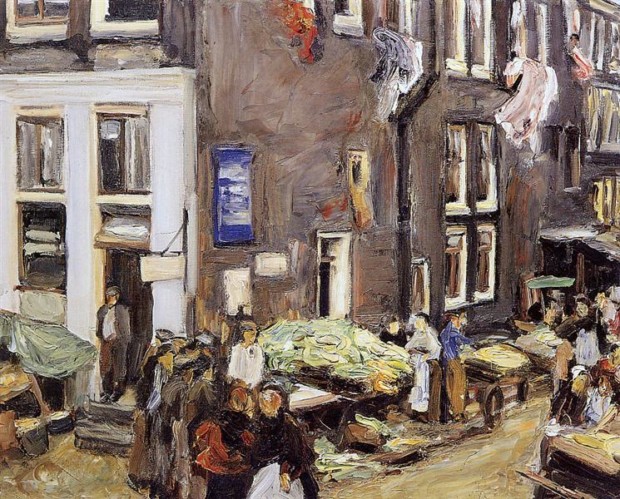











When I first wrote this article in 2017, I did not find any paintings specifically relating to Hanukkah. One of our readers suggested one to me which you can see below by a female Russian painter Marie Vorobieff Marevna. However, one is not enough hence we’re still searching for more. If you know of a painting or any other artwork which relates to Hanukkah, let us know! Here I’d also like to thank my proofreader Bec, thank you for help with menorahs!
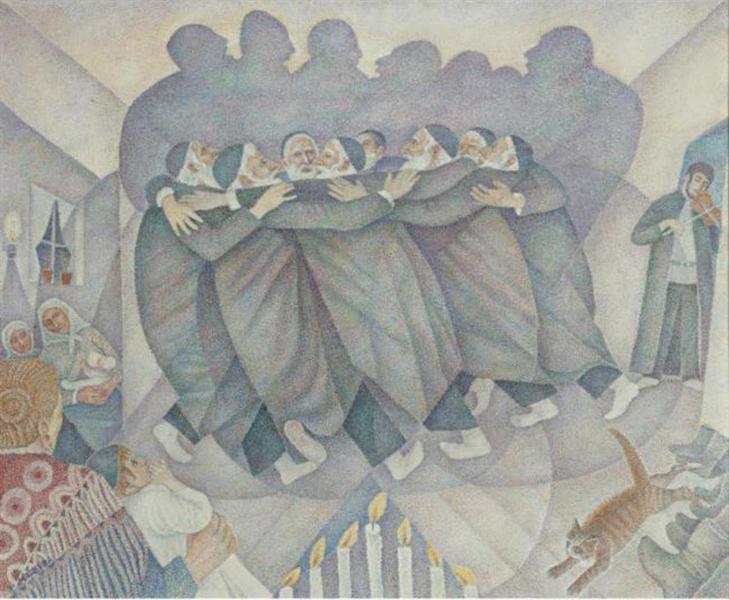











DailyArt Magazine needs your support. Every contribution, however big or small, is very valuable for our future. Thanks to it, we will be able to sustain and grow the Magazine. Thank you for your help!